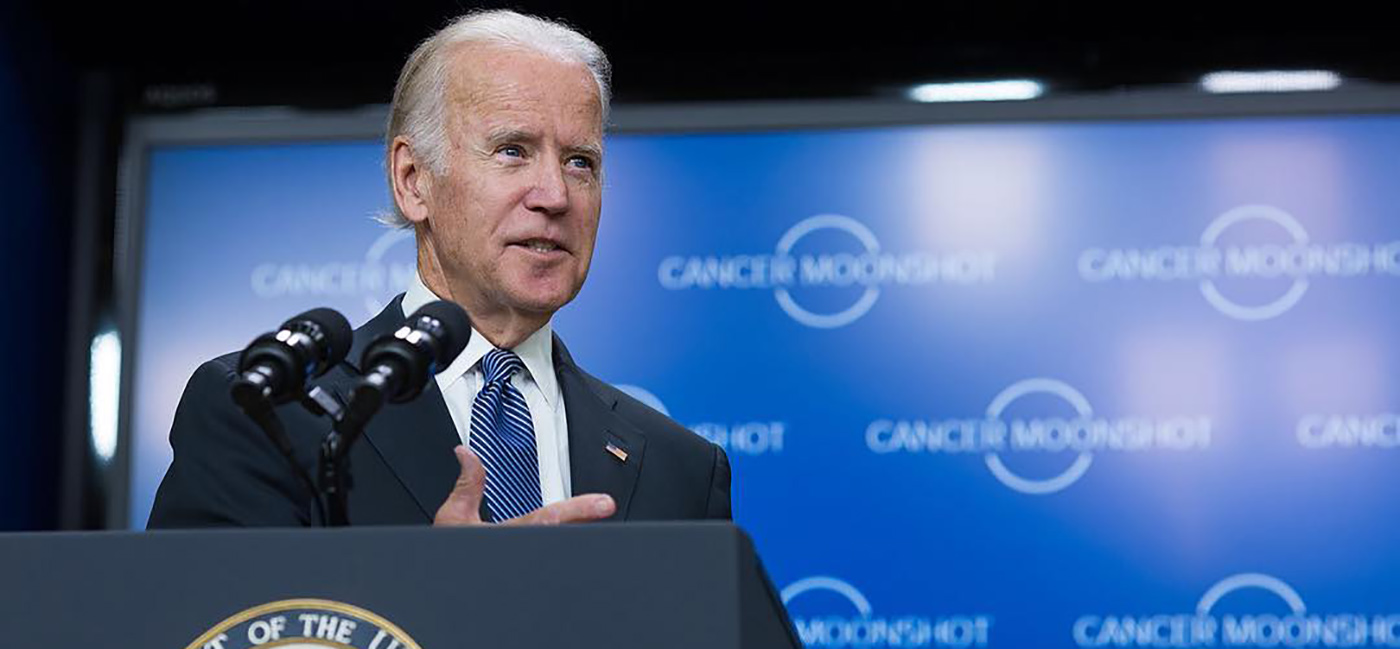President Biden has Basal Cell Carcinoma Removed from Chest
A lesion removed from the chest of President Joe Biden was basal cell carcinoma, doctors say.
The president is doing well after the minor surgery and will continue “dermatological surveillance.”
According Dr. Vernon Sondak, chair of the Cutaneous Oncology Program, basal cell carcinoma is the most common form of skin cancer in the United States.
“President Biden is one of over 6 million Americans diagnosed with skin cancer every year,” Sondak said. “Fortunately, if detected early, skin cancer is highly curable.”
Skin cancers, and basal cell carcinoma like the one found on the president’s chest, are often treated with a minor surgical procedure carried out under local anesthesia. But that doesn’t mean skin cancers can’t be problematic.
“Even these cancers, if neglected, can cause serious problems,” Sondak said. “And people who get one skin cancer are at risk for developing others, including more serious forms such as melanoma because the common denominator for most skin cancers is ultraviolet exposure from the sun or tanning beds.”

Cancers like basal cell carcinoma often present as discoloration and scaling and can cause ulceration or sores and in some cases, can get very large and unsightly. They can also metastasize or spread to internal organs if not treated in the early stages.
The White House shared that the lesion was initially removed during Biden’s annual physical in February. The lesion was removed at the time for testing.
Sondak encourages everyone to pay attention to their skin and to protect themselves from the sun with sunblock and avoid tanning beds. While basal cell carcinoma is common, we can all also take steps to avoid it, he said.
“Check your skin regularly and get prompt attention if something is not right,” Sondak said. “At Moffitt we conduct numerous Mole Patrol free skin cancer screenings throughout the year and it is not all that unusual that we diagnose several basal cell cancers at each event.”
The Mole Patrol will offer its next free cancer screenings on April 16 during the Steps Against Melanoma Walk at Al Lopez Park in Tampa.
Sun Safety Tips
- Exposure – Limit sun exposure between 10 a.m. and 3 p.m. when UV is its most intense.
- Clothing – Protect your skin from sun damage with clothing, including a loose-fitting, long-sleeved shirt and long pants made of a tightly woven fabric. Swimming? Opt for a T-shirt or rash guard while in the water.
- Hat – Protect your head, ears, face and neck with the shade of a wide-brimmed hat constructed of a tightly woven fabric like canvas (UV rays can penetrate a straw hat). If you wear a baseball cap, use sunscreen on exposed areas like your face, neck and ears.
- Sunglasses – Wear sunglasses that block both UVA and UVB rays. Well-designed sunglasses can help prevent cataracts and protect the delicate skin around your eyes from the harmful effects of sun exposure.
- Shade – Seek shade underneath a shelter, umbrella or tree, especially during the midday hours. Use extra caution near surfaces that reflect the sun’s rays, like water and sand.
- Sunscreen – 30 minutes before going outside, always apply a waterproof, broad-spectrum sunscreen with a sun protection factor (SPF) of 15 to 30. Don’t forget your ears, the tops of your feet and the scalp. Reapply every two hours.



